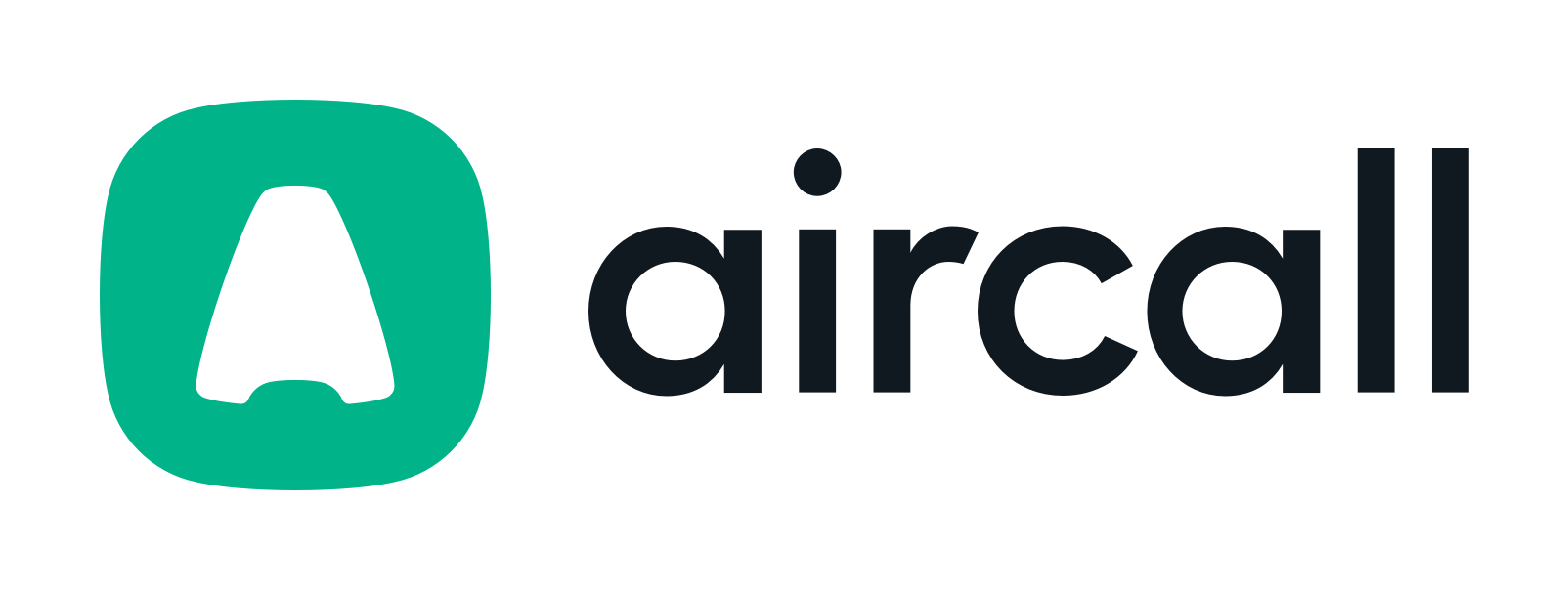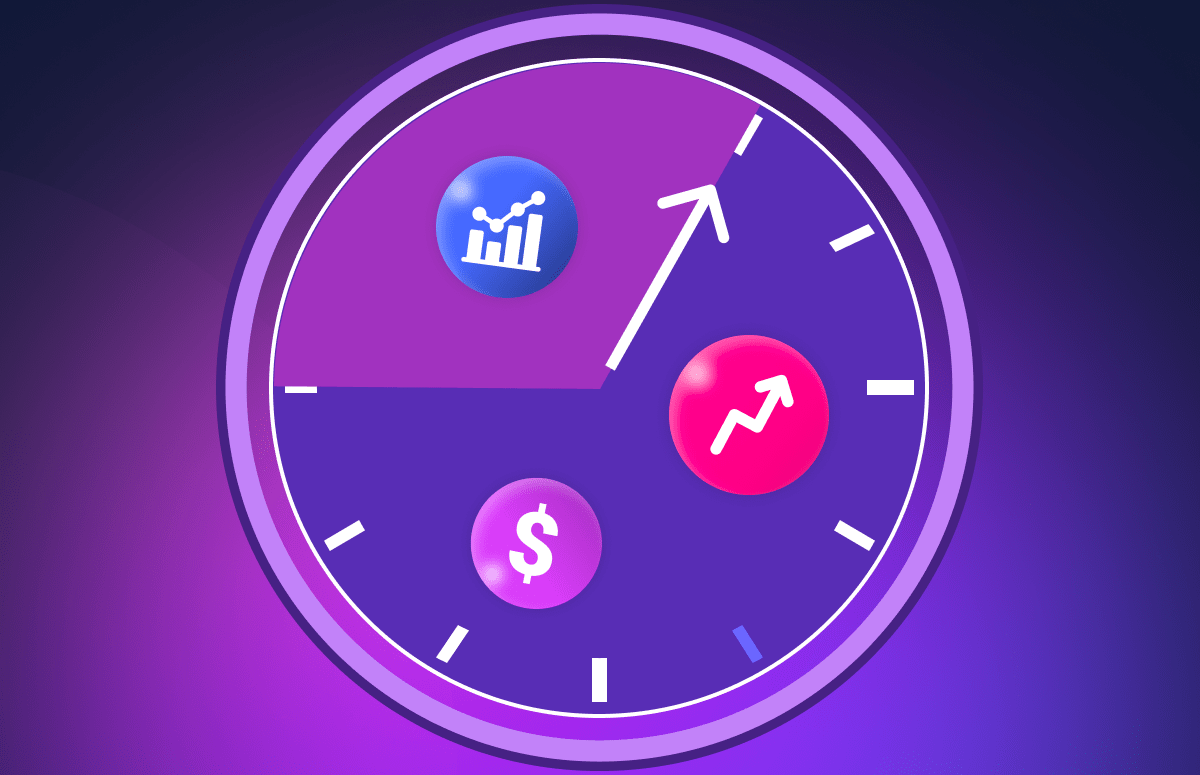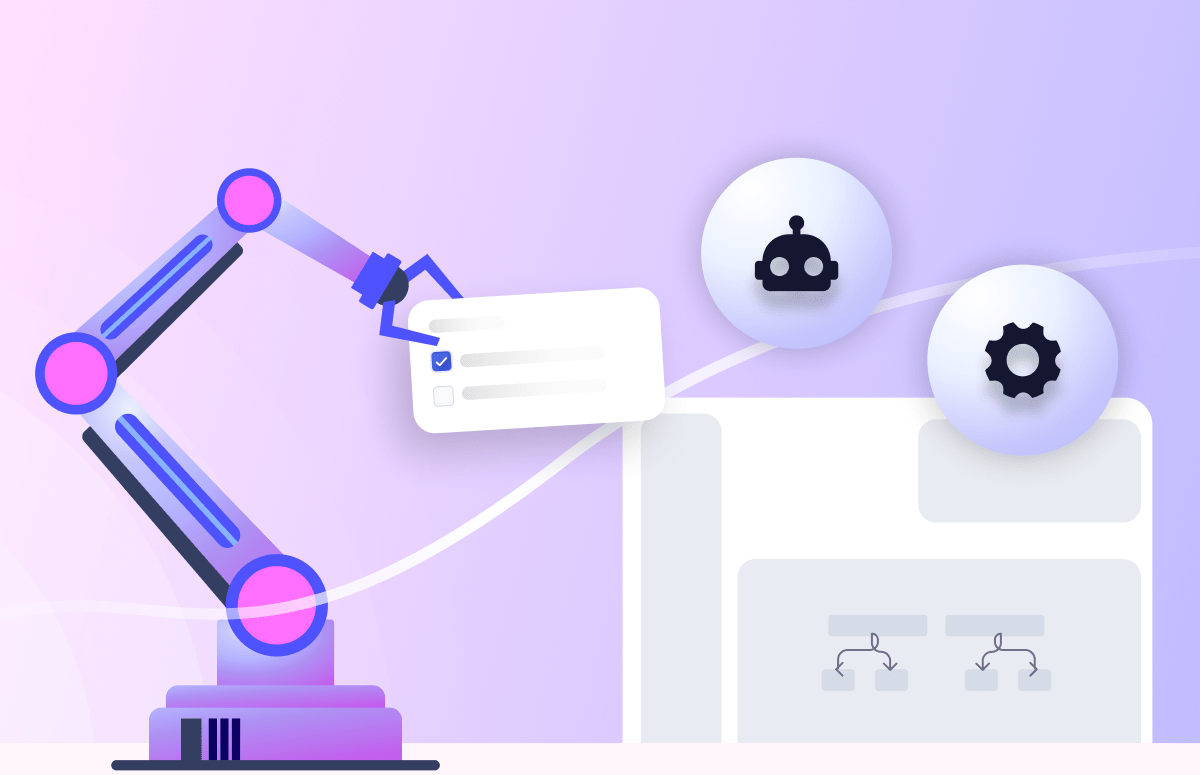
Your prospecting pipeline is more than just a sales tool—it’s the engine driving your B2B success. Without a clear approach, your efforts can scatter, leading to missed opportunities and slow growth.
According to VantagePoint Performance, 63% of respondents need help managing their sales pipelines. This shows there’s plenty of room for improvement.
First, let’s break down the basics: what a sales pipeline is, and why is it crucial?
Understanding the prospecting pipeline
A prospecting pipeline is a structured process of identifying and qualifying potential customers, laying the groundwork for good sales interactions. It focuses on the earliest stages of the buyer’s journey, specifically lead generation and nurturing. The pipeline helps sales and marketing teams ensure a steady flow of qualified prospects.
The prospecting pipeline is divided into stages, but it focuses more on moving prospective customers from awareness to genuine interest.

Sales pipeline vs. sales forecast vs. sales funnel
People often mix the terms’ sales pipeline,’ ‘sales forecast,’ and ‘sales funnel,’ but each has a distinct purpose.
What’s the difference then?
👉 A sales pipeline shows where prospects are in the sales process. It tracks everything from the first contact to the final result—whether you win or lose the deal.
👉 A sales forecast, on the other hand, predicts future revenue. It uses past data, market trends, and current pipeline activity. If your forecast shows you might miss your target, it’s time to boost sales efforts. If solid growth is expected, focus on keeping that momentum.
👉 While sales pipelines and forecasts differ, a well-managed pipeline is vital for accurate forecasting. Once you start monitoring your sales pipeline, you can know where to focus your efforts and track a prospect’s progress.
People often confuse a sales pipeline with a sales funnel. A funnel suggests prospects drop off at each stage, making some think they need three times as many prospects at the top to close fewer deals.
Key stages of an effective prospecting pipeline
Persistence is essential in prospecting. 😀
According to the Cognism cold calling report, three dials give you the best chance of connecting with a lead. It’s no good just to give up after the first time your prospect doesn’t pick up. Oh, and it helps if you’ve got accurate phone numbers.
Understanding the key sales pipeline stages is essential for success. The right tools and strategies can help businesses generate quality leads and grow sales.
1. Prospect identification
Prospect identification is all about finding potential customers who fit your ideal profile. It’s like treasure hunting in the business world. To succeed, use a mix of resources: industry databases, social media, and professional networks.
The main challenges? Spotting decision-makers and keeping your data accurate. Combat these by using smart filtering and regularly updating your database. Clean data is crucial—companies with good data practices generate 700% more inquiries and 400% more leads.
Tools like Kaspr can be a game-changer here. They provide access to verified business contacts. This allows you to quickly find prospects’ contact data on LinkedIn based on criteria like industry, company size, and job title. Kaspr fits seamlessly with your tech stack; integrations with HubSpot, Salesforce and more mean you can send the data straight to your CRM.
Here’s how Kaspr works over LinkedIn, check out the interactive demo. 👇
2. Initial research and qualification
Once you identify potential prospects, research them to see if they are a good fit.
Here’s how:
- Analyze company websites - check their official site for key information about their offerings and values.
- Explore social media profiles - look for insights into their culture, recent updates, and engagement with their audience.
- Stay updated with news - review recent articles or press releases for significant developments.
Gathering information efficiently can be challenging. To improve, develop a standardized research method for consistent information gathering. You might want to try Troy Munson’s (CEO at Dimmo) method, which uses ChatGPT 4.
Fast forward to 07:58 to learn all about it. ⏩
And don’t forget—LinkedIn automation tools can supercharge your research efforts!
For example, Kaspr’s Chrome Extension provides contact and company data for prospects as you browse LinkedIn profiles, helping you save valuable time.
💡 Watch Prospecting on Demand for more practical outbound tips like Troy’s ChatGPT flow.
3. Outreach and engagement
Ah, now the cold calling starts. To be effective, you must personalize. And build the relationship across other channels like email and social media. Above all, successful prospecting is relevant and provides value early. This approach follows modern outbound sales strategies, where it’s all about quality.
Many salespeople face low response rates and high competition. To improve, craft clear, engaging messages and time your outreach well. Here’s an example of an excellent first connection message from Morgan J Ingram, Content Creator at Cognism. Morgan aims to build a meaningful connection with a genuine message. ⤵️

Success is also all in the follow-up. Enter sales sequences. Set clear expectations, like contacting inbound leads within six hours and making 10-12 monthly touchpoints. Use a mix of email, cold calling, and social media, making sure each interaction provides new value. This way, you can figure out your prospect’s favorite channel, too.
4. Lead nurturing
Not all prospects are ready to buy right away, so lead nurturing is important. This stage focuses on providing valuable content and maintaining regular communication. This helps keep your company top of mind.
Because even if the prospect doesn’t need your product now, they’ll start to see you as a source of helpful information. This, in turn, means they’re more likely to come to you when they need your solution.
Best practices include:
- Posting regularly on LinkedIn - See here to build out your personal brand.
- Test, test and then test again - A/B tests will keep your outreach fresh and identify clear winners.
- Using automation tools to help with manual processes - not to be used as spam cannons!
- Ask lead qualification questions - It’ll help you weed out those likely to close later.
It can be challenging to maintain consistent engagement and measure your nurturing efforts. To address this, create a clear nurturing strategy with defined touchpoints and use analytics to track engagement. Remember, A/B testing is your friend. Use it to find out what’s working best; think small, incremental changes.
5. Qualifying prospects for sales handoff
The final stage of the prospecting pipeline involves identifying which leads are ready for the Account Executives (AEs) to handle.
This involves establishing clear qualification criteria, including:
- Budget - determine if the prospect has the financial capacity for your product or service.
- Authority - identify if the prospect is a decision-maker or influencer in purchasing.
- Need - assess whether the prospect has a genuine need for your solution.
- Timeline - understand the prospect’s timeframe for making a decision.
Maintaining open communication between marketing and sales teams is crucial for success. However, misalignment on what constitutes a qualified lead can create issues. To address this, regularly review and refine your qualification criteria based on feedback from both teams.
Refine your qualification criteria regularly using feedback from marketing and sales teams. This helps maintain alignment and ensures a smooth lead transition.
Optimizing your prospecting pipeline
Want to supercharge your sales process? Let’s dive into how to optimize your prospecting pipeline.
Here’s how you can boost efficiency and align with your sales goals:
Prospect identification
- Use diverse data sources (databases, social media, professional networks).
- Implement filtering techniques to identify decision-makers.
- Regularly update and clean your prospect database.
Research and qualification
- Develop an automated research process.
- Have sufficient information before outreach.
- Implement a lead scoring system.
Outreach and engagement
- Personalize outreach messages.
- Use a multi-channel approach (email, phone, social media).
- Set up an efficient follow-up system.
Lead nurturing
- Create a content calendar for consistent engagement.
- Segment your audience for targeted nurturing.
- Track engagement across multiple channels.
Sales handoff
- Establish clear qualification criteria.
- Ensure alignment between marketing and sales on the qualified lead definition.
- Aim for multiple touchpoints before handoff.
Remember: An optimized prospecting pipeline is crucial for sales success. Regularly audit and enhance your pipeline with this checklist to ensure peak performance and drive growth.
Tools to manage pipeline
The right tools and technologies are essential for effective prospecting pipeline management. They enhance efficiency, improve team communication, and drive better results.
So, what are the most crucial tools for boosting your prospecting efforts?
- CRM systems - the backbone of pipeline management. CRMs track interactions, manage contacts and visualize your pipeline.
- Lead generation tools - these help identify and capture potential leads from various sources.
- Email outreach platforms - to automate and personalize email marketing for efficient outreach.
- Social selling tools - to leverage social media for prospecting and relationship building.
- Data enrichment solutions - enhance prospect data with more information for better targeting.
- Sales intelligence platforms - to provide insights and trigger events to help focus on prospects.
Now that you’re familiar with the prospecting tools landscape, let’s zero in on the must-have features.
When evaluating your options, keep an eye out for these capabilities:
- User-friendly interface. The tool should be easy to use, helping your team adopt it quickly.
- Seamless integration. It should connect smoothly with your CRM, email, and sales tools to keep data flowing.
- Strong data management. Choose tools that keep prospect data accurate for enrichment and duplicate detection.
- Advanced search filters. The tool should let you easily segment prospects by industry or job title criteria.
- Automated workflows. Look for automated outreach and follow-up sequences to simplify the process.
Metrics for pipeline performance
Effective measurement of your prospecting pipeline is crucial for optimizing sales performance.
Key sales metrics to track include:
- Number of qualified leads.
- MQL to SQL conversion rate.
- Win rate.
- Average deal size.
- Sales cycle length.
- Pipeline velocity.
1. Number of qualified leads
This metric shows how many potential customers meet your criteria. It helps measure the effectiveness of your lead generation efforts and indicates whether you have enough opportunities to reach your sales targets.
2. MQL to SQL conversion rate
This measures the percentage of marketing-qualified leads that become sales-qualified leads. An ideal rate is around 13%, meaning for every 100 MQLs, you should aim to convert at least 13 into SQLs. This metric helps assess lead quality and the success of your lead generation campaigns.
3. Win rate
The win rate measures how many deals you close compared to the number of opportunities. It’s a key metric for assessing the strength of your sales process and team performance. For instance, if you handled 50 opportunities and secured 10 deals, your win rate would be 20%.
4. Average deal size
This metric shows the typical value of closed deals. It is calculated by dividing total revenue by the number of deals. Knowing your average deal size helps set realistic sales targets. It also enables you to focus on higher-value opportunities.
5. Sales cycle length
This measures the average time to close a deal from initial contact. It helps identify inefficiencies in your sales process and areas for improvement. Shortening the sales cycle can lead to faster deal closing.
6. Pipeline velocity
Pipeline velocity measures the speed at which leads move through your sales pipeline. It's calculated using the formula:
Pipeline velocity = 60 x $5000 x 20% / 30 = $2000/day
A higher velocity generally indicates a more efficient pipeline.
To manage your prospecting pipeline effectively, align your KPIs with your business goals. Set realistic, data-driven targets. Regularly check performance with real-time dashboards and adjust your strategies as needed.
Modern tools can make this easier. They offer automated lead scoring and performance tracking. Some even use AI to predict future performance and forecast. You can make informed decisions and improve your prospecting strategy using these metrics and tools.
CRM alignment
Aligning your prospecting with your sales process boosts efficiency and conversion rates. Integrate your pipeline with your CRM to ensure smooth lead information flow.
Here’s how:
- Map out your entire sales process, from identifying prospects to closing deals.
- Ensure CRM fields match the data you gather during prospecting for easy transfer.
- Standardize data entry to keep everything accurate and consistent.
Set clear lead qualification criteria to help sales teams. Automate notifications to notify potential clients when they are ready for post-sale follow-up. Regular meetings between prospecting and sales teams can also improve this process.
When choosing tools, prioritize those with strong CRM integration. For example, Kaspr syncs easily with popular CRM systems, automatically updating prospect data. This saves time and means you’re never calling outdated numbers. 📞
/%5BPMM%204%5D%20-%20Kaspr%20fits%20seamlessly%20into%20your%20tech%20stack/Salesforce%20enrichment%201%20(EN).webp?width=700&height=467&name=Salesforce%20enrichment%201%20(EN).webp)
Conclusion
An effective sales pipeline is critical to driving sales success. Master the key stages—prospect identification, research, outreach, nurturing, and qualification—and you’ll consistently attract top-quality leads.
Remember, your pipeline isn’t set in stone—it’s a dynamic process that thrives on continuous tweaks and improvements. By syncing it with your CRM and sales strategies and facing challenges head-on, you’ll drive sustainable growth and leave the competition in the dust. ✨
Check out our video hub, Prospecting on Demand, for practical prospecting tips. It features many episodes and clips with top-performing reps. 🔽
Accurate European contact data
Get accurate data for your prospects and connect with your favorite sales tool









